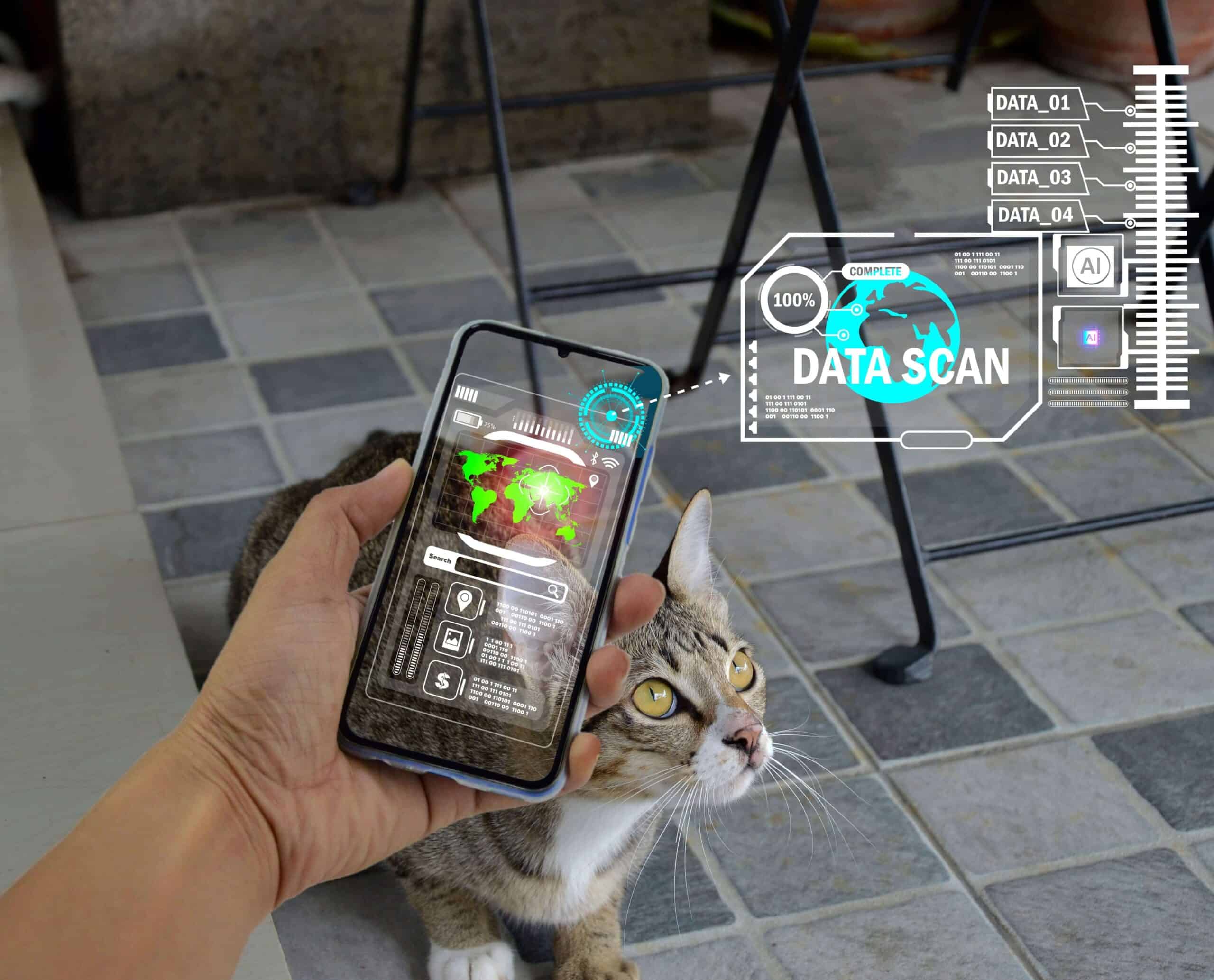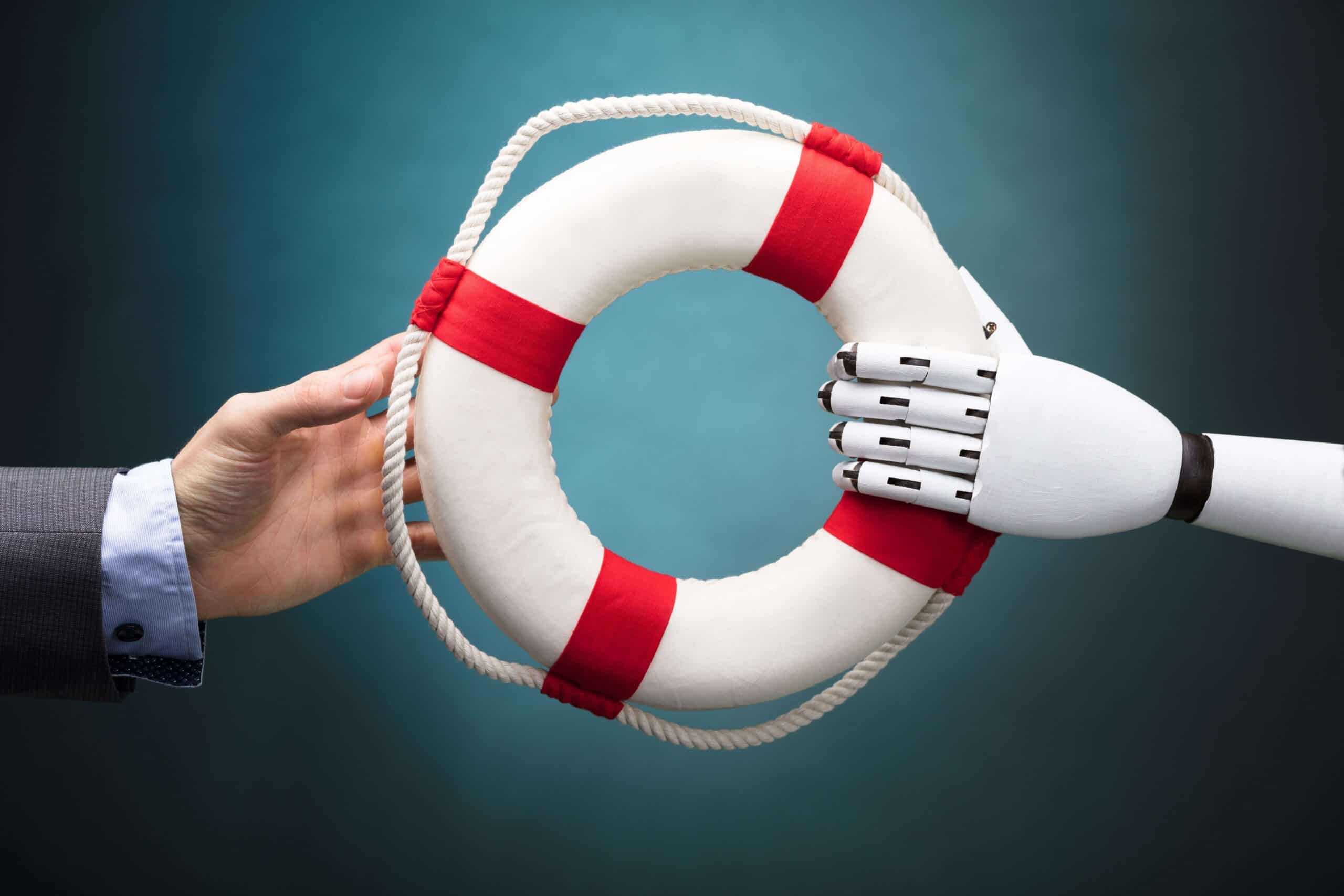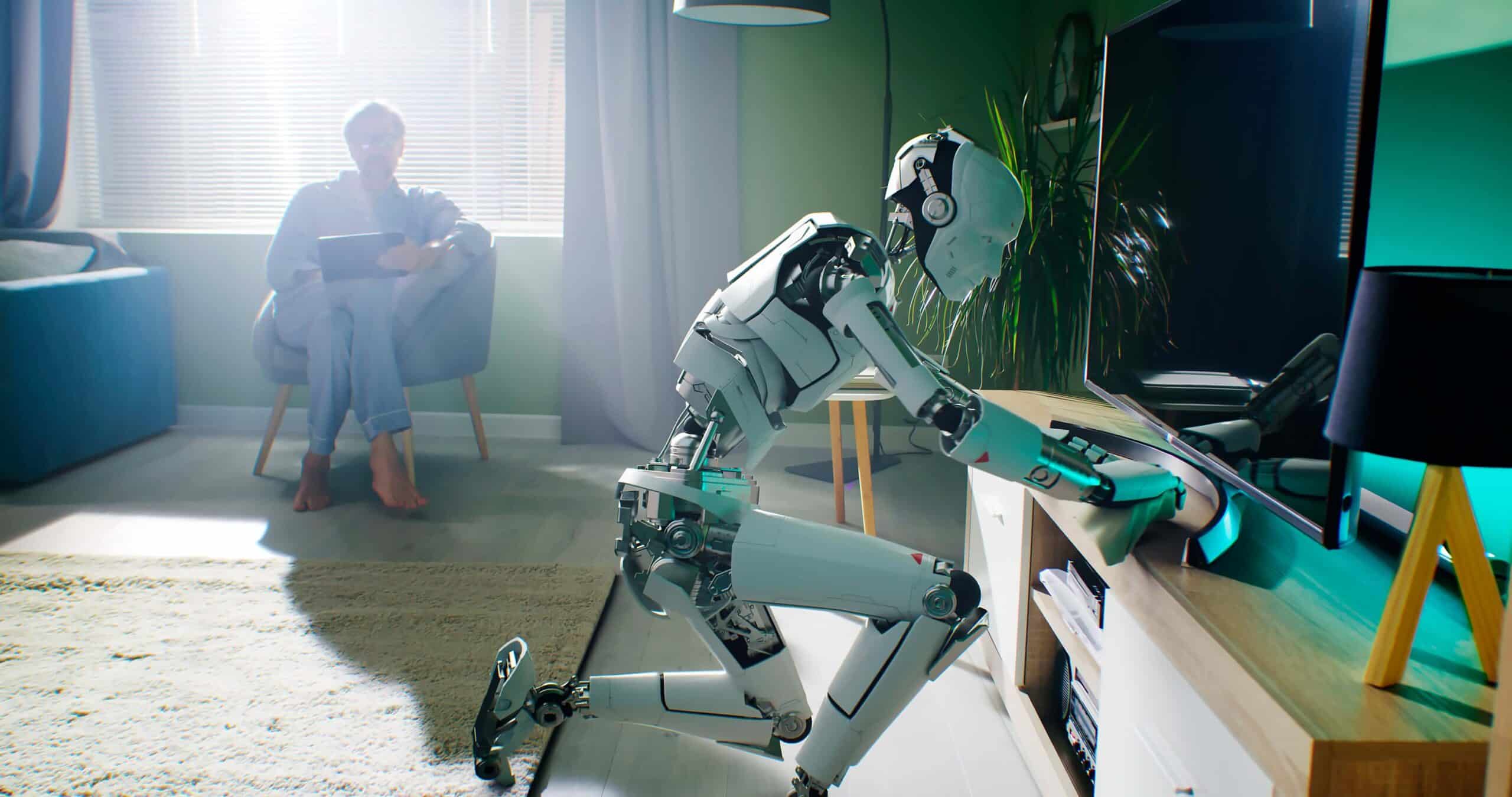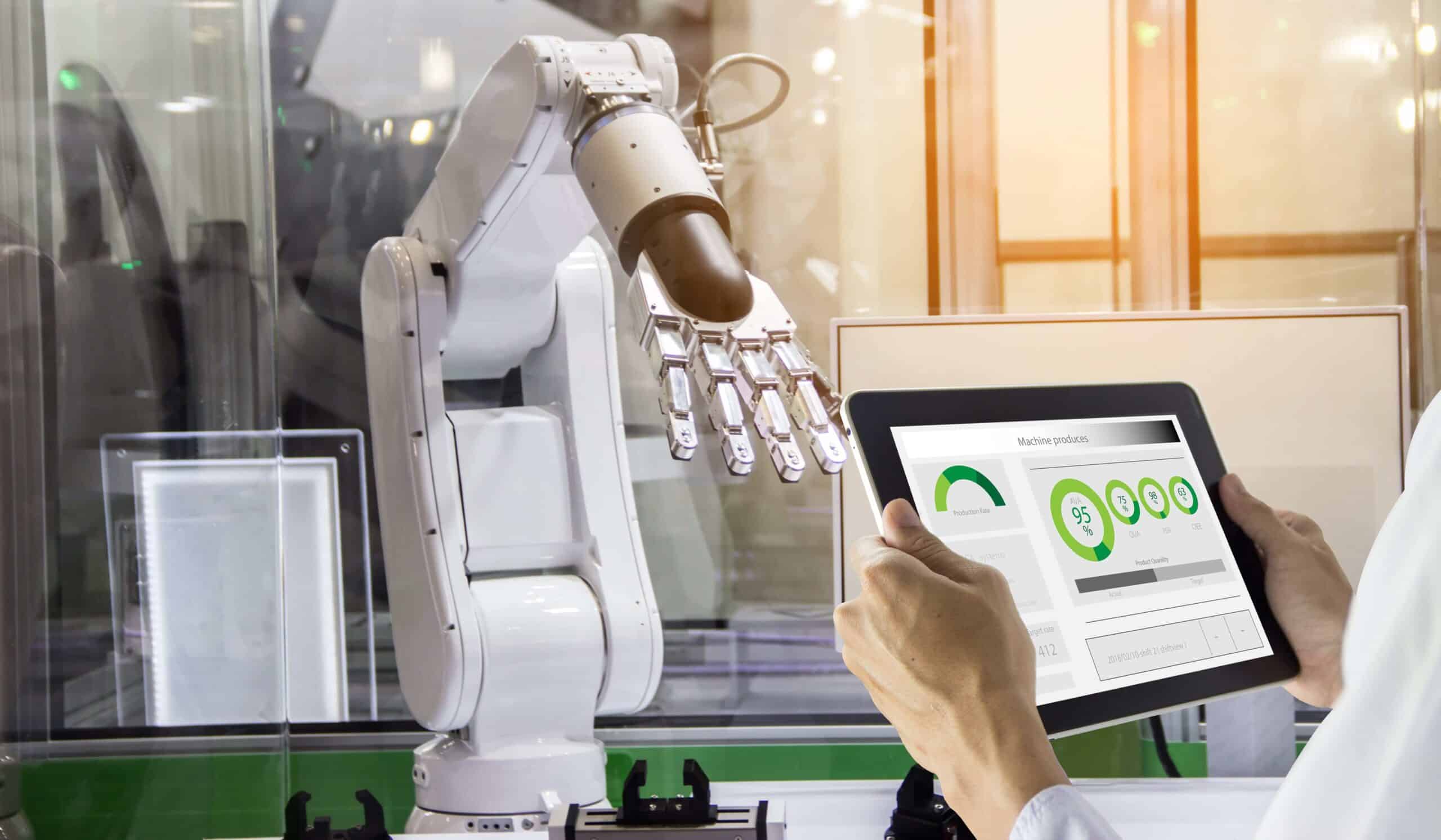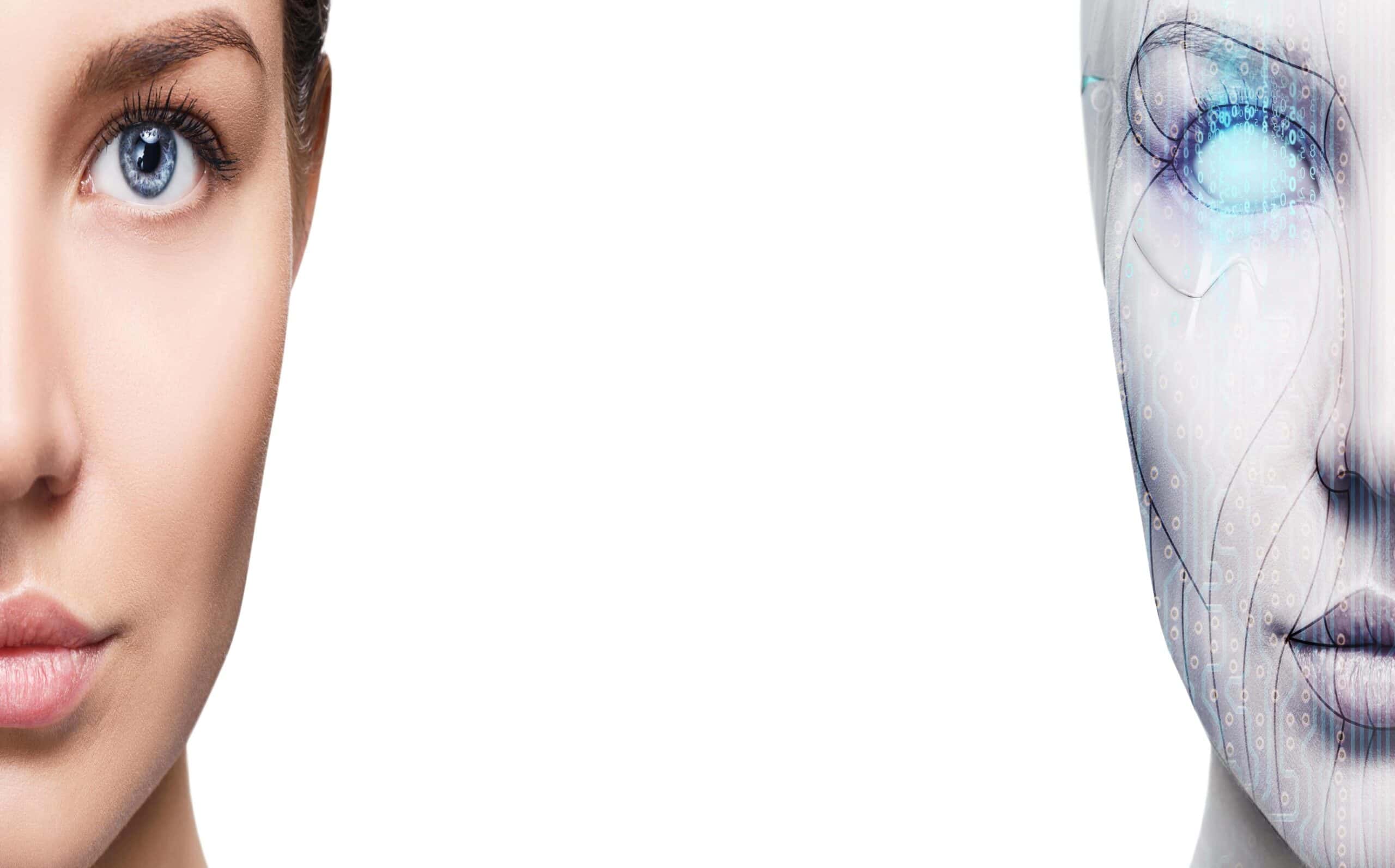- A cockroach-inspired robot could help locate survivors after a natural disaster
- Lumineye allows first responders to locate people through walls
- The Rega drone searches for missing persons autonomously
- Researchers want to use artificial intelligence for search and rescue missions
- How technology can save lives after natural disasters
Natural disasters have always been a fact of life, leaving a trail of death and destruction in their wake. In addition to causing a major loss of life and destruction of property, natural disasters also result in significant economic damage that can take years to recover from. According to ReliefWeb, the leading humanitarian information source on global crises and disasters, there were 315 natural disaster events recorded in 2018, resulting in 11,804 deaths.
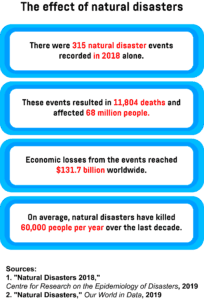
Overall, more than 68 million people were affected, with economic losses reaching $131.7 billion worldwide. While the figures fluctuate from year to year, natural disasters have killed on average 60,000 people per year over the last decade. As climate change continues to take its toll on our planet, natural disasters are expected to increase in frequency and intensity in the coming years. We can’t prevent natural disasters. What we can do is reduce the death toll by raising living standards, developing more resilient infrastructure, and improving our response systems. And that’s where technology comes in.
A cockroach-inspired robot could help locate survivors after a natural disaster
Cockroaches are extraordinary creatures, capable of lifting 900 times their own weight, shrinking to a quarter of their height to fit into tight spaces, and surviving for a week without their head. They also happen to be one of the most universally reviled living things on the planet. While cockroaches primarily elicit feelings of fear and disgust in most people, for a team of researchers from China’s Tsinghua University and the University of California, Berkeley they’ve served as an inspiration to develop a nearly indestructible miniature robot that could one day replace sniffer dogs in search and rescue operations, helping first responders locate survivors in the aftermath of a major natural disaster.
“Although the cockroach is an annoying pest, it has certain interesting features, including the ability to move fast in a narrow space and being hard to squash,” says Zhang Min, an assistant professor at Tsinghua University’s Graduate School in Shenzhen and one of the study’s authors. “These features inspired us to develop a fast-moving and robust soft robot.” Consisting of a flexible piezoelectric thin film on top of a polymer skeleton with two legs, the robot is approximately the size of a postage stamp and weighs under a tenth of a gram. It can reach speeds of up to 20 body lengths per second, which is similar to an actual cockroach. And just like the creature it was inspired by, it can survive being stepped on by a person weighing 60 kilograms and keep moving.
According to researchers, the robot’s size, agility, and resilience make it the perfect fit for disaster relief, where it could be used to search for survivors trapped in collapsed buildings. “The key innovation is the soft materials and structures used in the robot,” explains Lin Liwei, a professor of mechanical engineering at UC Berkeley. “If the robot is too soft, it won’t be able to move fast. If the robot is too stiff, it can’t withstand the force of human weight.” At this point, the robots need to be attached to a power source via thin cables, but the researchers hope they will soon be able to integrate a battery and control circuit. There are also plans to incorporate small sensors that would enable the robot to detect harmful gases in the atmosphere.
Lumineye allows first responders to locate people through walls
Developed by the Idaho-based startup Lumineye, the Lux is a small, portable wall-penetrating radar that allows first responders to identify people through walls. The device uses pulse radar technology to send signals into a room, and then picks them up again as they bounce back off the objects within. The pulses are then analysed by the software to determine the approximate size, range, and movement characteristics of the objects in question. Based on the time it takes for the pulse to bounce back, the Lux can tell the user how many people there are in the room, how far away they are from them, what their heart rates are, and whether they’re moving or sitting down.
While similar devices already exist, they are generally heavy and cumbersome, which limits their usefulness in prolonged rescue operations. The Lux, on the other hand, measures just 23x19x7 centimetres and weighs 680 grams. It can detect humans at a range of up to 15 metres, depending on the thickness of the wall and the amount of obstacles in the room. According to the company, the device could be used for a variety of tasks, such as helping search and rescue teams detect people trapped in the rubble after a natural disaster, helping firefighters locate people in burning buildings and identify the safest point of entry to get them out, or helping the police handle hostage rescue situations.
The Rega drone searches for missing persons autonomously
The market for commercial drones has experienced massive growth in recent years. The Federal Aviation Administration (FAA) estimates that the number of commercial drones in operation could reach 823,000 by 2023. Today, drones are used for a wide variety of purposes, ranging from package delivery to safety inspection. As the technology continues to develop further, we can expect drones to find new applications in even more areas, including search and rescue operations.

The Swiss air rescue organization Rega recently unveiled a new drone capable of autonomously searching for missing persons. The drone is equipped with a variety of sensors, including a daylight camera, an infrared camera, a thermal camera, and a phone-tracking tool, allowing it to operate even in low visibility conditions. It uses custom-made algorithms to analyse footage captured by the on-board cameras and identify potential sightings of people, relaying any promising leads to human operators back at base.
Boasting three rotor blades with a diameter of around 2 metres, the Rega drone was designed to fly at an altitude of 80-100 metres, using satellite navigation techniques to autonomously cover a predetermined area. It can operate for several hours at a distance of several kilometres without any help from a human operator, using anti-collision systems to avoid crashing into power lines or other aircraft. “Ever since it was founded, Rega has continually used cutting-edge technology to further improve air rescue and to come to the aid of even more people in distress,” says Rega’s CEO, Ernst Kohler. “I am confident that the Rega drone will expand our scope of operations even further.”
Researchers want to use artificial intelligence for search and rescue missions
A team of researchers from Purdue University, led by aeronautics and astronautics professors Shaoshuai Mou and Dan DeLaurentis, recently announced plans to develop a platform that would use artificial intelligence and machine learning algorithms, to enable multiple drones to communicate with one another and adapt to changing conditions on the ground. “For the system, we focused on a multi-agent network of vehicles, which are diverse and can coordinate with each other,” explains Mou. “Such local coordination will allow them to work as a cohesive whole to accomplish complicated missions such as search and rescue.”
One of the biggest issues with using drones in natural disaster response is that the environment they have to operate in is dynamic, with weather in particular often changing at short notice. That means that drones need to be highly adaptable, capable of recognising their environment, and making autonomous decisions to respond to these challenges adequately. To make this possible, the researchers envisioned a platform that combines artificial intelligence, machine learning algorithms, distributed control, and human-machine mixed autonomy. While the drones would be able to make decisions on their own, the AI-enabled systems would also allow human operators to adjust mission parameters manually if necessary, with the drones providing feedback and suggestions in natural language. “For complex situations, we still need to involve humans in the loop and try to do mixed autonomy consisting of machines and humans,” says Mou.
How technology can save lives after natural disasters
Natural disasters like earthquakes, tsunamis, hurricanes, floods, droughts, heatwaves, and wildfires aren’t a recent phenomenon. However, while these extreme weather events have been observed throughout human history, causing significant loss of life and property damage, they’ve grown even more frequent and destructive in recent years as a result of climate change. Unfortunately, there’s no way to prevent natural disasters, which is why researchers around the world are increasingly turning to technology in an attempt to minimise the loss of life. From cockroach-inspired robots and autonomous drones to handheld wall-penetrating radars, technology has taken on an increasingly prominent role in search and rescue missions, helping us better respond to natural disasters and save lives.



